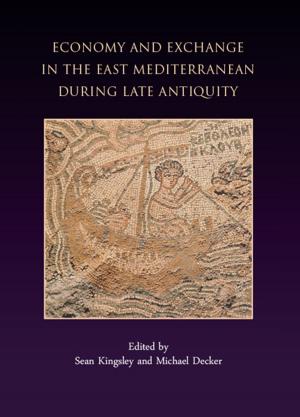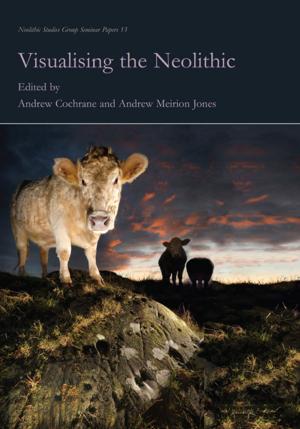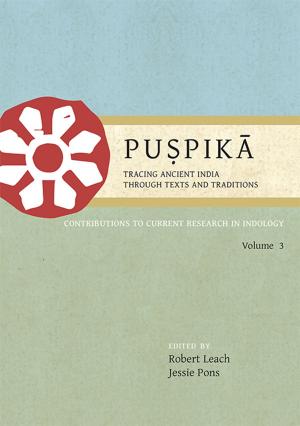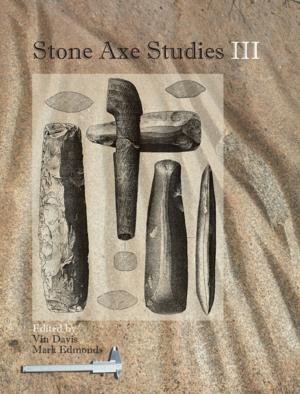Treasures from the Sea
Purple Dye and Sea Silk
Nonfiction, Home & Garden, Crafts & Hobbies, Needlecrafts & Fabric, Weaving, Science & Nature, Technology, Textiles & Polymers, History, European General| Author: | Hedvig Landenius Enegren, Francesco Meo | ISBN: | 9781785704369 |
| Publisher: | Oxbow Books | Publication: | April 30, 2017 |
| Imprint: | Oxbow Books | Language: | English |
| Author: | Hedvig Landenius Enegren, Francesco Meo |
| ISBN: | 9781785704369 |
| Publisher: | Oxbow Books |
| Publication: | April 30, 2017 |
| Imprint: | Oxbow Books |
| Language: | English |
Purple dye is extracted from the glands of the molluscs Hexaplex trunculus, Bolinus Brandaris and Stramonita Haemastoma which, through a chemical reaction of photosynthesis, produces hues ranging from dark red to bluish purple colour. The importance of purple dye since ancient times as a status symbol, a sign of royal and religious power is well documented. Less well known is sea silk, a precious fibre derived from the tufts of the pen shell, Pinna nobilis, a UNESCO protected species, with which the mollusc anchors itself to the seabed. These tufts, once cleaned and bleached, take the aspect of golden thread. Only a handful of artisans on Sardinia still have the knowledge of how to work these fibres, the knowledge having been transmitted orally for generations. In this new review of latest research, 17 papers concentrate on two marine resources used in ancient textile manufacture: shellfish purple dye and sea silk. Papers include the study of epigraphical and historical sources, practical experiments, as well as, highlighting the presence of purple dye in the Mediterranean area in the archaeological data and in new research contexts; linguistic issues pertaining to terminology, archaeological investigation, the study of the physical and chemical properties of sea silk and the step-by-step practical working of sea silk fibres. The comprehensive multifaceted overview makes this collection a valuable resource for anyone interested in ancient textiles, dyes and textile technology.
Purple dye is extracted from the glands of the molluscs Hexaplex trunculus, Bolinus Brandaris and Stramonita Haemastoma which, through a chemical reaction of photosynthesis, produces hues ranging from dark red to bluish purple colour. The importance of purple dye since ancient times as a status symbol, a sign of royal and religious power is well documented. Less well known is sea silk, a precious fibre derived from the tufts of the pen shell, Pinna nobilis, a UNESCO protected species, with which the mollusc anchors itself to the seabed. These tufts, once cleaned and bleached, take the aspect of golden thread. Only a handful of artisans on Sardinia still have the knowledge of how to work these fibres, the knowledge having been transmitted orally for generations. In this new review of latest research, 17 papers concentrate on two marine resources used in ancient textile manufacture: shellfish purple dye and sea silk. Papers include the study of epigraphical and historical sources, practical experiments, as well as, highlighting the presence of purple dye in the Mediterranean area in the archaeological data and in new research contexts; linguistic issues pertaining to terminology, archaeological investigation, the study of the physical and chemical properties of sea silk and the step-by-step practical working of sea silk fibres. The comprehensive multifaceted overview makes this collection a valuable resource for anyone interested in ancient textiles, dyes and textile technology.















